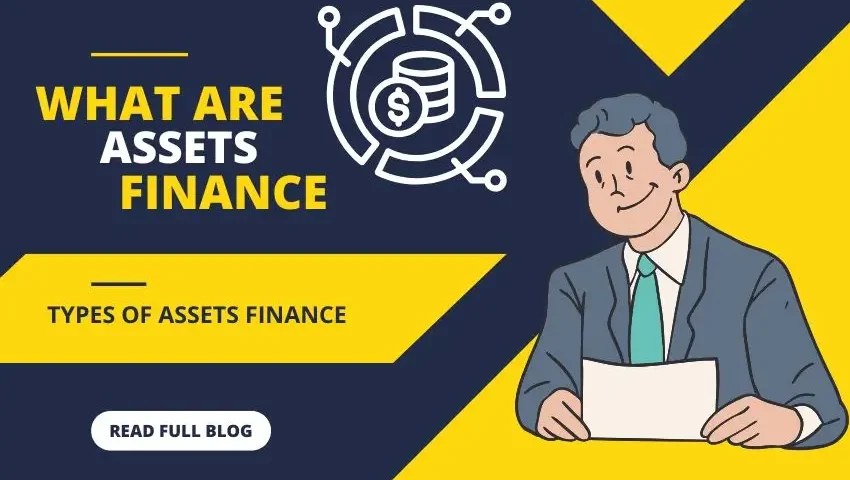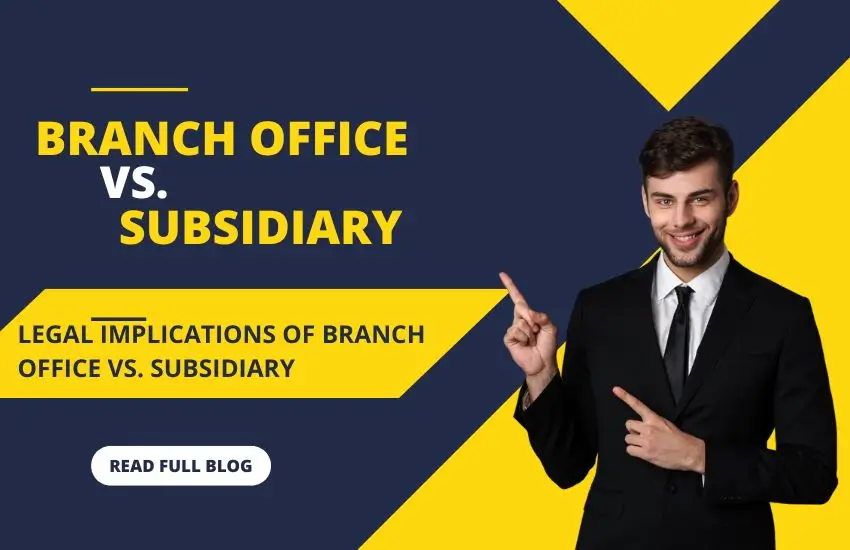Asset Finance: Definition, How It Works, Benefits and Downsides

Grantor Trust Rules: What They Are and How They Work
October 18, 2024
What Is the Business Judgment Rule? With Exemptions & Example
October 21, 2024Introduction to Asset Finance
Asset finance is a financial solution that allows businesses to acquire essential assets, such as equipment, vehicles, or machinery, without purchasing them outright. Instead of tying up large sums of cash in upfront purchases, businesses can spread the cost over time. Asset finance is especially popular among companies looking to grow without depleting their cash reserves.
Understanding the Basics of Asset Finance
Asset finance enables businesses to use an asset while making periodic payments for its use. At the end of the agreement, they may own the asset outright or have the option to return or renew it. But why is this option so critical?
Why Asset Finance is Important for Businesses
Businesses often face the challenge of managing cash flow while still needing essential equipment or machinery to operate effectively. Asset solves this problem by allowing businesses to access the tools they need without an upfront lump sum payment.
How Asset Finance Works
With asset finance, the lender buys the asset on behalf of the business. The business then pays back the lender over an agreed period, with the terms varying depending on the type of finance chosen. This method allows businesses to focus on growth while maintaining financial flexibility.
Types of Asset Finance
Asset finance comes in various forms, each tailored to different needs. Let’s break them down:
Hire Purchase (HP)
With a hire purchase, a business takes immediate possession of the asset but does not own it until all payments have been made. It’s a straightforward method to finance high-value equipment over time.
Leasing
Leasing allows businesses to use an asset for a fixed period, paying rental fees rather than purchasing it. There are different types of leases, which we’ll explore next.
Asset Refinancing
This option lets businesses release cash from assets they already own by refinancing them. It’s a good choice for companies needing to raise capital quickly.
Operating Lease vs Finance Lease
In an operating lease, the business never owns the asset and typically uses it for a shorter period. With a finance lease, the business assumes some ownership risks and rewards, including maintenance responsibility.
Benefits of Asset Finance
Now that we’ve covered the types of asset finance, let’s dive into the advantages it offers businesses.
Improved Cash Flow
One of the primary benefits of asset finance is that it preserves a business’s working capital. Instead of making a significant upfront investment, the business can spread the cost over time.
Tax Benefits
In many cases, businesses can offset asset finance payments against taxable profits, making this option more attractive financially.
Flexible Financing Options
Asset finance offers flexible terms, allowing businesses to tailor repayment schedules according to their cash flow.
Who Can Benefit from Asset Finance?
Whether you’re running a small business or a large corporation, asset finance can provide significant advantages.
Small Businesses
Small businesses often struggle with cash flow, and asset finance can help them grow without exhausting their reserves. It offers access to the latest equipment, which can level the playing field with larger competitors.
Large Enterprises
Even large businesses use asset finance to preserve capital for other strategic investments. It enables them to acquire essential assets without compromising liquidity.
The Role of Asset Finance in Business Growth
Asset finance plays a crucial role in a company’s growth, especially during expansion phases.
Enhancing Expansion Opportunities
By financing key assets, businesses can scale up operations, expand into new markets, or increase production capacity without the financial strain of upfront costs.
Boosting Operational Efficiency
Acquiring modern equipment and technology can improve productivity and operational efficiency, giving businesses a competitive edge.
Challenges of Asset Finance
While asset finance offers many benefits, it’s not without challenges.
Interest Rates and Costs
Interest rates can vary, and businesses must consider the total cost of finance, including any additional fees or charges.
Risk of Asset Depreciation
Assets such as machinery and vehicles can depreciate over time, reducing their value. Businesses must weigh this risk when opting for asset finance.
Asset Finance vs Traditional Loans
How does asset finance compare to traditional bank loans?
Key Differences
Traditional loans provide a lump sum of cash that can be used for various purposes, whereas asset is specifically tied to acquiring assets. Asset finance is often more accessible and flexible compared to loans.
Which One Should You Choose?
The choice between asset finance and traditional loans depends on your business’s needs. If your goal is to acquire equipment or machinery, an asset fis likely the better choice.
How to Choose the Right Asset Finance Option
Selecting the right asset finance option requires careful consideration.
Factors to Consider
Think about the asset’s lifespan, your cash flow, and how quickly you expect a return on investment. The terms of the finance deal should align with your business needs.
Long-term vs Short-term Needs
If the asset is something you’ll use for many years, a finance lease or hire purchase might make sense. For short-term needs, leasing could be a better option.
The Application Process for Asset Finance
Applying for asset finance is typically straightforward, but you’ll need to meet certain requirements.
Documentation Requirements
Most lenders will ask for detailed financial statements, proof of income, and information about the asset you wish to finance.
Approval Process
Once you submit your application, the approval process usually takes a few days. Lenders will assess your creditworthiness and the asset’s value before approving.
Conclusion
Asset finance is a valuable tool for businesses of all sizes, offering flexibility, tax benefits, and the ability to acquire essential assets without tying up significant capital. While it does come with challenges like interest costs and depreciation, its advantages often outweigh these drawbacks. Choosing the right type of finance can position your business for growth, helping you stay competitive in today’s market.
FAQs
Is asset finance available for startups?
Yes, many lenders offer asset finance to startups, though the terms may vary depending on the business’s credit history.
Can individuals use asset finance?
While asset finance is primarily for businesses, some providers may offer options for individuals, particularly for high-value items like vehicles.


